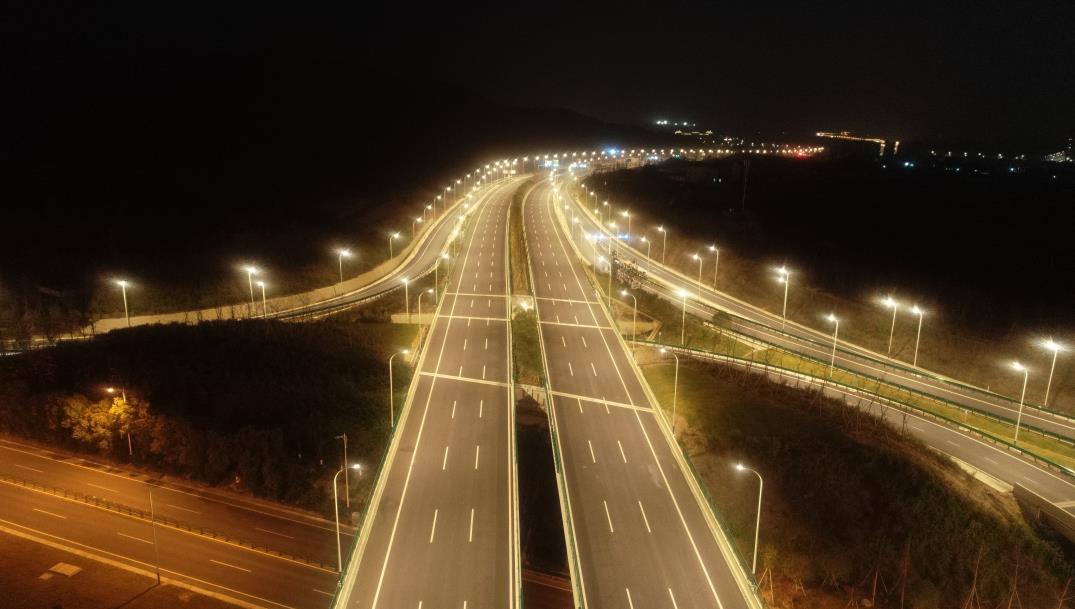As urban lighting systems undergo intelligent upgrading, LED street lights, serving as crucial infrastructure for smart cities, have witnessed their reliability and durability emerge as key industry concerns. In recent years, through material innovation and process optimization, According to the 2024-2030 China LED Street Lighting Data Monitoring Research Report, the failure rate of LED street lights has significantly decreased, which is attributed to the advancement in technology and the implementation of smart traffic systems., and The lifespan of LED chips has been effectively extended due to advancements in chip quality, thermal management, and power supply efficiency., providing stronger guarantees for the stable operation of urban lighting systems.

Technical Breakthroughs Enhance Reliability
The reduction in LED street light failure rates primarily stems from the following technological advancements:
Material Innovation: The utilization of novel packaging materials effectively prevents chip erosion caused by environmental factors like moisture and high temperatures.
Heat Dissipation Optimization: Improved structural design enhances heat dissipation efficiency, reducing fluctuations in chip operating temperature.
Drive System Upgrades: Intelligent dimming technology, as part of the intelligent control systems, reduces current impact and allows LED chips to operate under more stable conditions, thereby extending their lifespan.
Innovative technological advancements in LED street lighting, such as those detailed in the referenced plan, synergistically enhance the lifespan and durability of these lights, leading to a significant reduction in maintenance frequency.
Key Factors for Prolonging Chip Lifespan
As the core component of LED street lights, the prolongation of chip lifespan is mainly attributed to:
Process Refinement: Nanoscale fabrication processes diminish internal chip flaws, thereby improving long-term stability.
Protection Mechanisms: Built-in overvoltage and overcurrent protection circuits safeguard chips from damage under abnormal operating conditions.
Stress Management: Thermal stress equilibrium design decelerates the aging process of chip materials.
These enhancements empower chips to sustain efficient light emission for extended durations, establishing a solid basis for the long-lasting operation of street lights.
Long-Term Value in Urban Lighting
The decrease in LED street light failure rates and the prolongation of chip lifespan offer numerous advantages to urban management:
Operational Cost Efficiency: Lower replacement frequency and minimized manual maintenance efforts reduce overall lifecycle expenses.
Energy Efficiency Improvement: Chips operating stably maintain higher luminous efficacy, enabling continuous energy savings.
Lighting Quality Assurance: Stable light output over the long term ensures uniform and comfortable road lighting.
Environmental Contribution: Prolonged equipment usage cycles lead to a reduction in electronic waste generation.
These advantages render LED street lights the optimal choice for smart city construction, and their ongoing technological evolution will further drive the sustainable development of urban lighting systems.
Future Directions for Industry Development
As technological advancements unfold, the reliability enhancement of LED street lights will manifest the following trends:
Intelligent Monitoring: Integrated sensors deliver real-time feedback on chip status, thereby facilitating predictive maintenance.
Material Innovations: Exploring advanced semiconductor materials to significantly improve chip performance and reliability.
System Coordination: Enhancing the synergy between chips and their cooling systems to achieve peak performance and efficiency.
Green Design leverages recyclable materials such as bioplastics, bamboo fibers, and natural rubber to enhance the environmental friendliness of products, reducing reliance on traditional petrochemical-based materials and promoting sustainability in manufacturing.
These development directions will push LED street lights toward higher efficiency, greater reliability, and better sustainability, providing higher-quality infrastructure support for smart city construction.